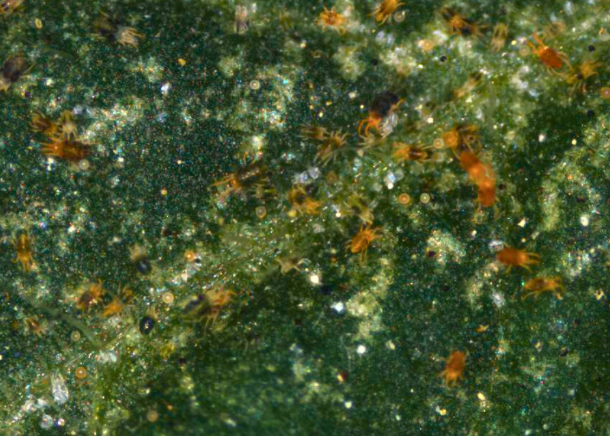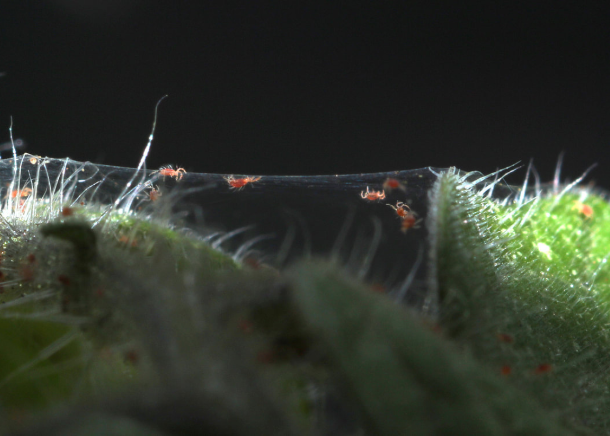Summary:
Predator-prey interactions are prevalent in nature and are key for the maintenance of different types of ecosystems. Studies have focused on understanding the dynamics of predator-prey systems applied to biological control, in an effort to reduce the use of pesticide products to manage crop pests. However, predator and prey populations can coevolve during this process, with unforeseen consequences. We have an understanding of how coevolution between predator and prey traits may shape ecological dynamics. However, the reverse, namely the impact of the stability of these dynamics on the evolutionary trajectory of predator-prey interactions is seldom studied.
SAltEEPrey uses a multidisciplinary approach, combining mathematical modelling, simulations, fitness landscape theory, phenotyping and population dynamics experiments. To develop long-term predictions for species’ persistence it is important to understand if strategies that increase fitness match those that allow for the maintenance of predator and prey populations. To tackle this, we aim to develop a theoretical framework that joins kin selection theory and predator-prey models that enables the construction of a fitness landscape that accounts for both population fitness and ecological stability. These models will undergo experimental validation by generating a genotype-phenotype fitness landscape of the predator-prey system Tetranychus urticae (herbivorous spider mite) and Amblyseius swirskii (generalist predatory mite), largely studied due to its relevance to biological control of crop pests.
The aims and multidisciplinary nature of this project will provide an integrative perspective of how evolution can shape and be shaped by ecological interactions, with direct application to the biological control of crop pests using natural predators.
Funding Institution:
Science and Technology Foundation (FCT)







